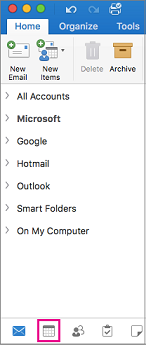

Includes support for attachments, categories, delegate access, enhanced location, internet headers, and block on send features. Add-ins 1.8 API, Delegation Support and Block on Send. If you don’t specify anything here, it will consider Ascending(default). Extend the new Outlook experience to users composing email in pop-out (full mail) view.

PowerApps Sort and SortB圜olumns Functions Examples For each column name you specify in the Second parameter, you need to specify the sort order separately as mentioned in the syntax.If you don’t specify anything in this parameter, it will consider SortOrder.Ascending as it is the default sort order.Make it visible (which could also be done by deleting the period '.' at the beginning of the name, and/or delete that file. You can specify SortOrder.Descending when you want to sort the table in descending order. Open the folder (it contains all mailboxes of the related account) that corresponds to the account for which you want to sort the mailboxes and look for a file named.

You can specify multiple columns over here.Here, you need to specify the internal name of the column in quotes.You can specify the name of the column from the table or collection.SortB圜olumns (Table, ColumnName1, SortOrder1, ColumnName2, SortOrder2, …, …) If you don’t specify anything in this parameter, it will consider SortOrder.Ascending as it is the default sort order. You can specify SortOrder.Descending when you want to sort the table in descending order. The result which comes after applying the formula will be used to sort the table.You can execute a formula on the table mentioned in the first parameter.Pass the table or collection or data source to sort. PowerApps gallery sort by multiple columns.PowerApps Sort and SortB圜olumns Functions Examples.PowerApps SortB圜olumns function Syntax.


 0 kommentar(er)
0 kommentar(er)
